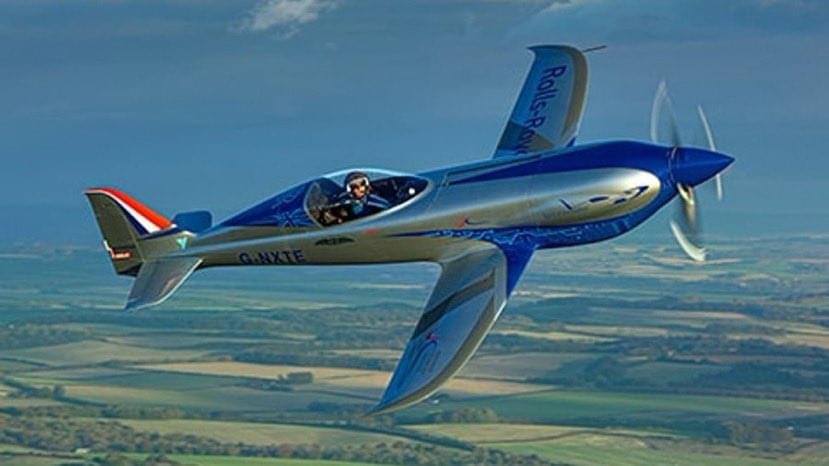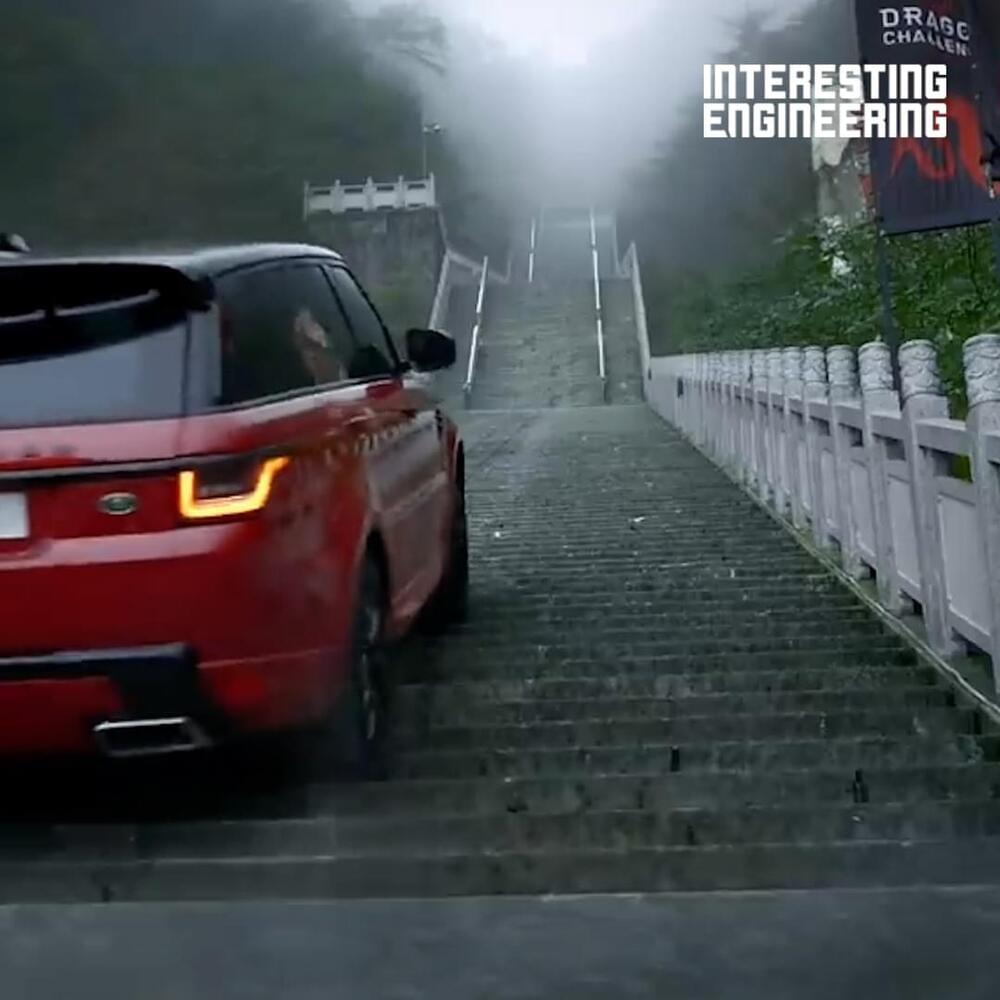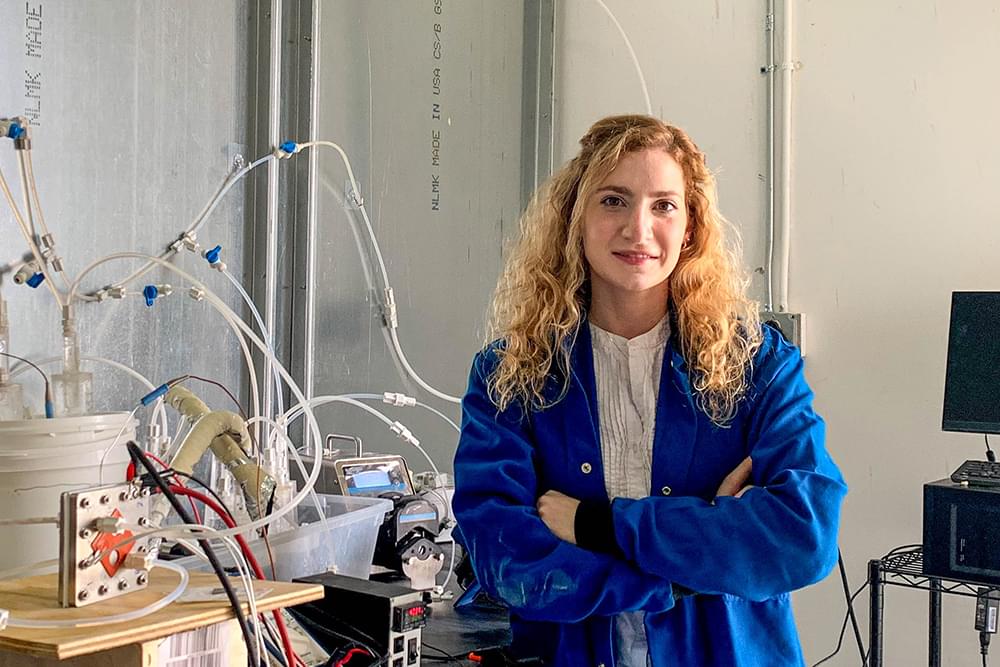Dec 18, 2021
On December 17, 1903, Wilbur and Orville Wright made four brief flights four miles south of Kitty Hawk, North Carolina with their first powered aircraft
Posted by Dan Kummer in categories: engineering, transportation
The Wright brothers had designed the world’s first successful, heavier-than-air, powered airplane.
Find U.S. Department of Energy (DOE)-funded research about the Wright brothers’ innovative approach to development on OSTI.GOV:
• Accelerating Learning with Set-Based Concurrent Engineering: https://www.osti.gov/biblio/1605517
• Control Co-Design: An engineering game changer: https://www.osti.gov/biblio/1615248
• Engineering a Better Future: Interplay between Engineering Social Sciences and Innovation: https://www.osti.gov/biblio/1530161

















